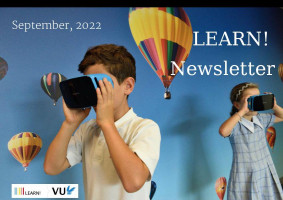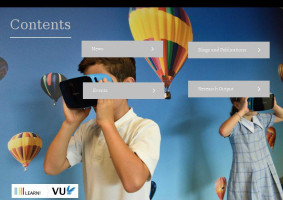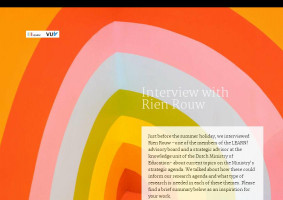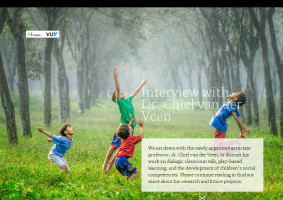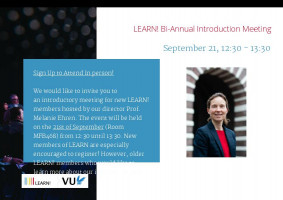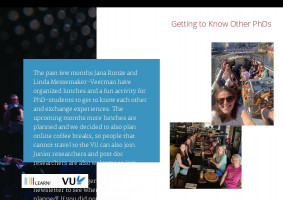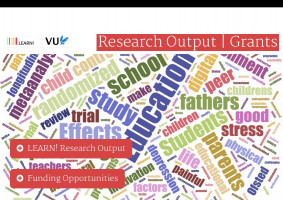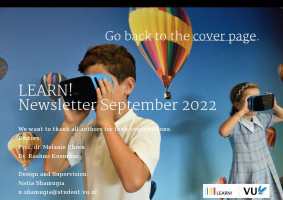Students often feel inadequately prepared for professional practice. They lack the ability to flexibly apply knowledge and skills to novel settings and to engage in independent problem-solving. Interestingly, in health professions education (HPE), students get quite some opportunities to practice flexibility and adaptation: they have to apply what they learned in school to a diverse range of practice settings, and have to find their way in the clinical teams they temporarily become a part of. But how can these transitions be turned form challenges into opportunities? In this blog, we will present the findings of a qualitative study about if and how students can make “boundary experiences” productive for learning in the context of nursing education.
Looking at boundaries in a positive way: the theory
The boundary crossing perspective (see Akkerman & Bakker, 2011 for a review) considers “discontinuity” as a potential source of learning. Discontinuity occurs when boundaries, for example, between contexts or different professions, temporarily hamper ongoing action or learning. These boundaries can result in unexpected or even discomforting experiences that make people question why things happen in a certain way. Trying to re-establish continuity in ongoing action can result in learning through processes such as communication or reflection. Eventually, it can result in permanent changes of practice.
Boundary experiences in nursing education: challenges
Nursing students follow a curriculum including theoretical training, skills training, and on-the-job training (clinical placements) in various practice settings. When students start a novel clinical placement, not only do they encounter practice that is different from their theoretical preparation in school but also from previous placements. On top of all that, students experience conflicting practices between clinical staff members within each setting. Differences include how nurses perform technical skills, how they communicate, how they plan and prioritize nursing care, and how they supervise students. Initially, these boundary experiences can leave students feeling inadequately prepared or confused about what is the right thing to do. Sometimes students are frustrated about diverging expectations or even indignant about the practice they witness.
Putting too much effort into aligning expectations between parties involved in their training sometimes takes their energy away from true learning.
Boundary experiences in nursing education: valuable resources
In spite of some negative experiences, nursing students find ways to turn these boundaries into learning. Boundary experiences challenge them to engage in valuable critical discussions with their supervisors and other disciplines such as doctors or physiotherapists around the ward. These experiences help them value multiple perspectives and find out what kind of nurse they want to become. Students take for granted that previous acquired knowledge and skills are not directly applicable in each novel setting and are motivated to dive into local resources. Facing different supervision styles makes them aware of their own learning preferences and shapes future learning behavior. Throughout a clinical placement, students’ responses to boundary experiences progress from merely noticing differences and comparing practices to eventually trying to change things for themselves or others. Ironically, objects designed to connect theory and practice, such as portfolios or practice assignments, can create additional barriers as they are often understood differently across settings. Students are more likely to turn boundary experiences into learning when they are very keen on getting everything out of their placements or when they are struck by practice that seems unfair. The fear of a negative assessment or of not fitting into the team can keep students from discussing and valuing boundary experiences.
What we need
Flexibility and adaptability are prerequisites for navigating the complex landscape of practice. Students’ fresh insights about how settings and their staff vary should be used for their own development but also for practice improvements. However, students strive to meet assessment standards and to become by their supervisors and other staff. Therefore, HPE schools should create opportunities for reflection, preferably without formats or grading. Also important is the establishment of a culture of learning, rather than just emphasizing performance. Designing a set of learning aids that students can consult can help students navigate important boundary experiences and become mature health care professionals
_w400_h402_1.jpg)
